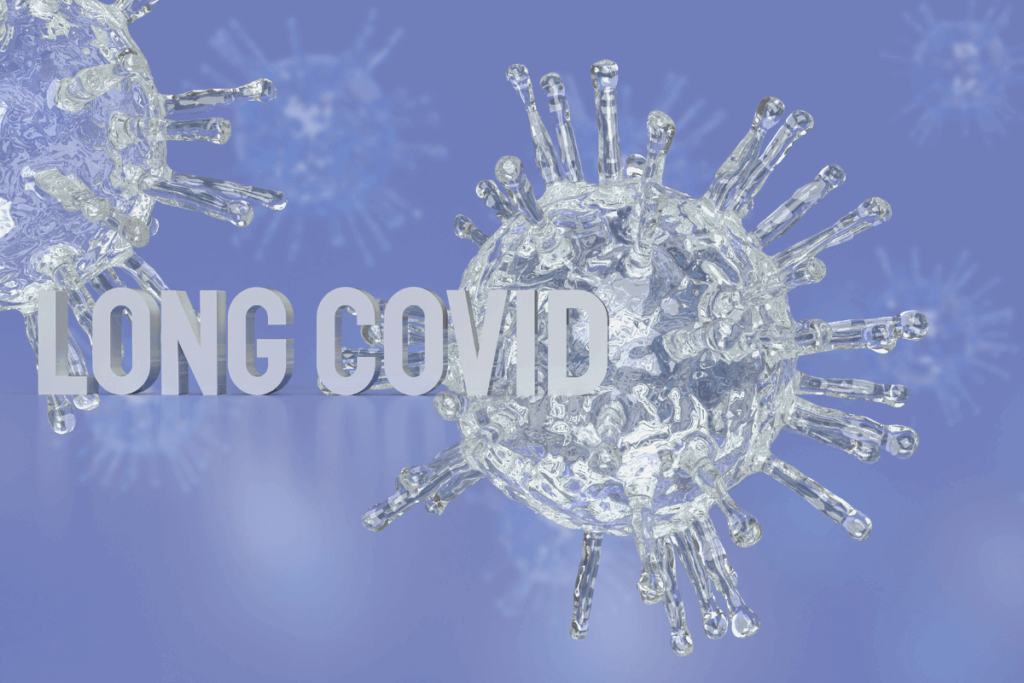
Long COVID-19 is a post-acute condition characterized by persistent or recurrent symptoms lasting at least 3 months after SARS-CoV-2 infection. It can present in continuous, relapsing, or progressive patterns, which affect many organ systems. Many individuals have experiences of ongoing systems globally, yet clinical histories of Long COVID are not properly defined. It is partly because of the systems, which are heterogeneous, nonspecific, and difficult to correlate with the earlier infection.
The National Institutes of Health (NIH) launched the Researching COVID to Enhance Recovery (RECOVER) initiative to address these gaps. It is a large, population-based prospective study that is designed to qualify the post-acute system patterns systematically. It also identifies district Long COVID trajectories and supports the development of future diagnostic and treatment methods.
The primary aim of this study was to assess longitudinal system trajectories in RECOVER adult participants by using a standardized, system-based qualitative measure, which is known as the 2024 Long COVID Research Index (LCRI). It included adults enrolled in 83 U.S. sites who were followed from the first documented SARS-CoV-2 infection for 15 months. Participants completed symptom surveys every 3 months. The analysis cohort comprised 3657 individuals who met prespecified inclusion criteria. Long COVID was defined as an LCRI score of 11 or higher on the basis of the presence and severity of eleven symptoms.
Statistical analyses included descriptive summaries, visualization of symptom patterns over time, and finite mixture modeling by using multiple imputation to classify participants in distinct longitudinal profiles.
Eight symptom trajectories were identified. Profile A (5%) included those with chronic high symptom burdens who met Long COVID criteria at every visit—Profile B (12%) intermittently high symptoms which fluctuated around Long COVID threshold. Profiles C (10%) and D (9%) included participants who have symptoms reduced over time, with Profile D showing near-complete improvement by 6 months. Profile E (8%) involved individuals with gradually worsening symptoms. Profile F (6%) showed delayed symptom escalation with low symptom burden through 12 months but increased burden by 15 months. Profiles G (13%) and H (36%) included individuals with consistently low or minimal symptom burden; those in Profile H never met Long COVID criteria.
10.3% of infected participants met criteria for Long COVID at 3 months, and 10.9% did at 15 months. Around half (46%) belonged to a persistent high-burden profile, 35% to an intermittently high-burden profile, and 19% to improving profiles in those with Long COVID at 3 months. None assigned to worsening or delayed-worsening profiles. Reinfection occurred in 36% of participants and was only slightly higher in worsening profiles. This suggests that elevation in symptom burden was not mainly driven by reinfection. A continually uninfected comparator cohort (n=1306) showed that 3 to 6% met the LCRI threshold at various visits. This demonstrated background rates of nonspecific symptoms, but the distribution of symptom profiles differed, with far fewer individuals in consistent or improving profiles.
This study highlighted substantial heterogeneity in recovery patterns. Most individuals had stable or improving symptoms, but a minority experienced either persistent or worsening symptom burden for at least 15 months. Limitations include a lower Long COVID prevalence associated with the Omicron era, potential underrepresentation of individuals with more severe disease, symptom measurement every three months rather than continuously, slightly higher attrition among the most symptomatic participants, and limited follow-up beyond 15 months. These findings give a foundation for the natural history of Long COVID and detect subgroups who can benefit from targeted diagnostic research, mechanistic studies, and future therapeutic trials.
Reference: Thaweethai T, Donohue SE, Martin JN, et al. Long COVID trajectories in the prospectively followed RECOVER-Adult US cohort. Nat Commun. 2025;16:9557. doi:10.1038/s41467-025-65239-4












